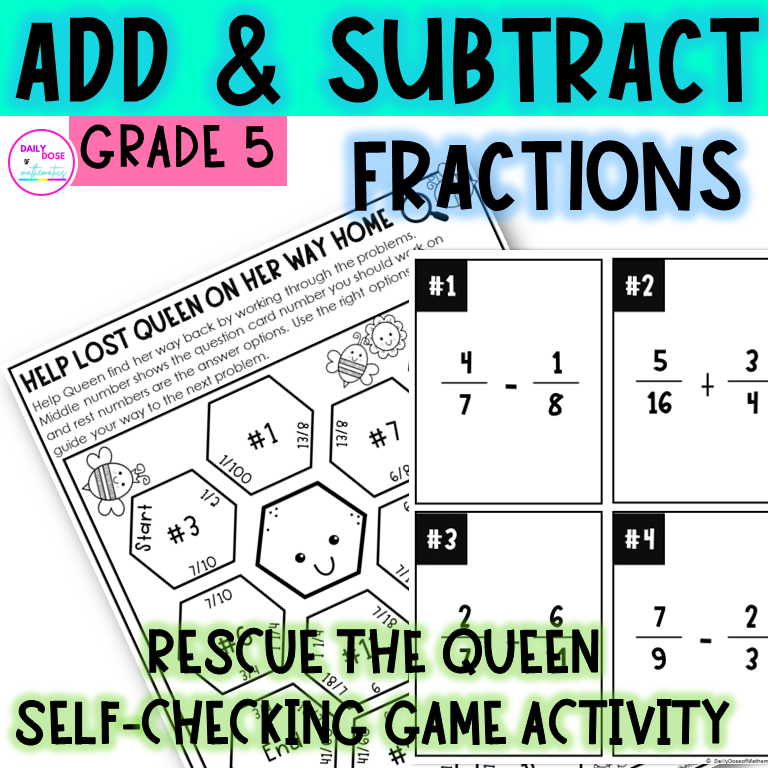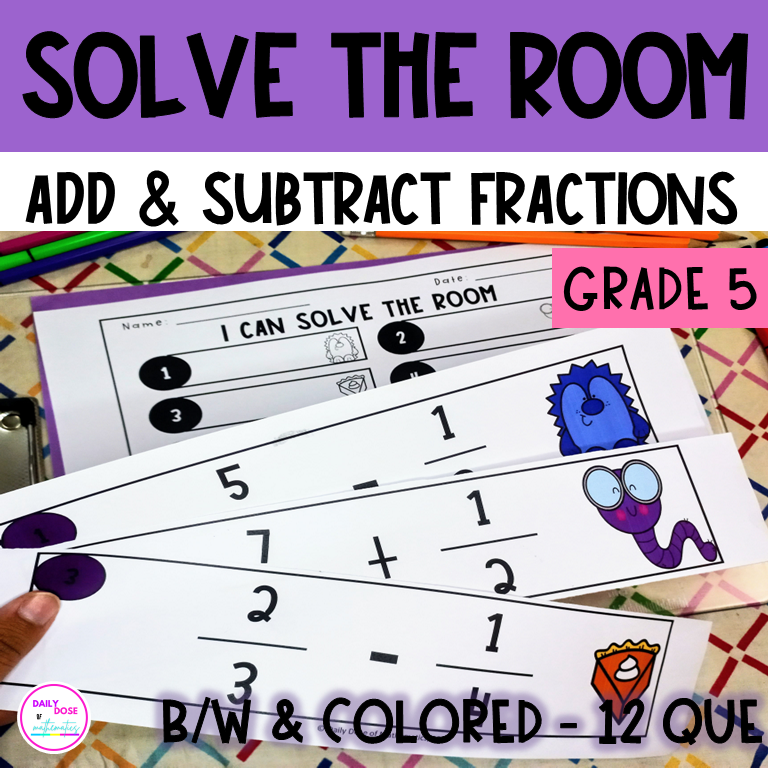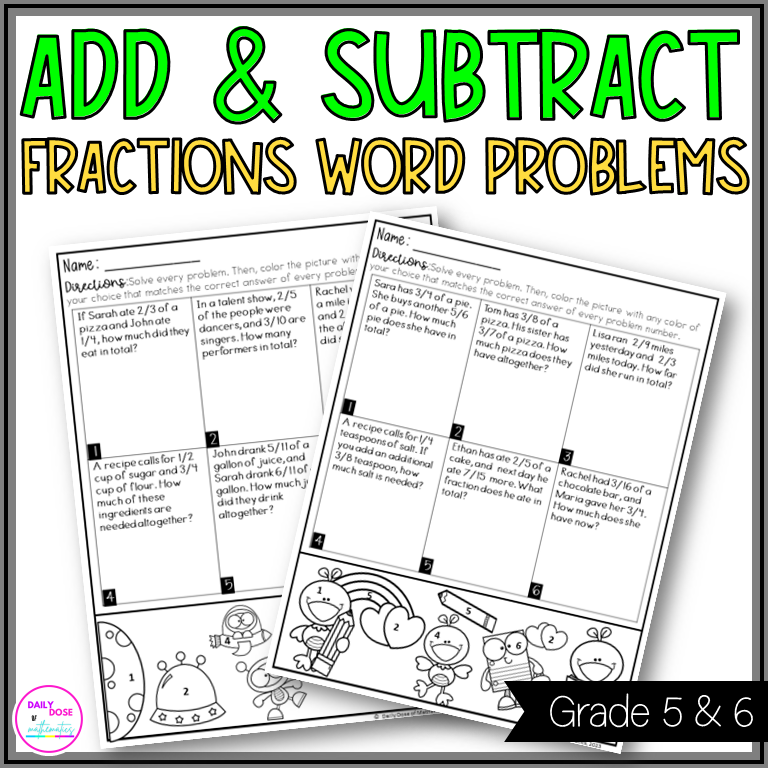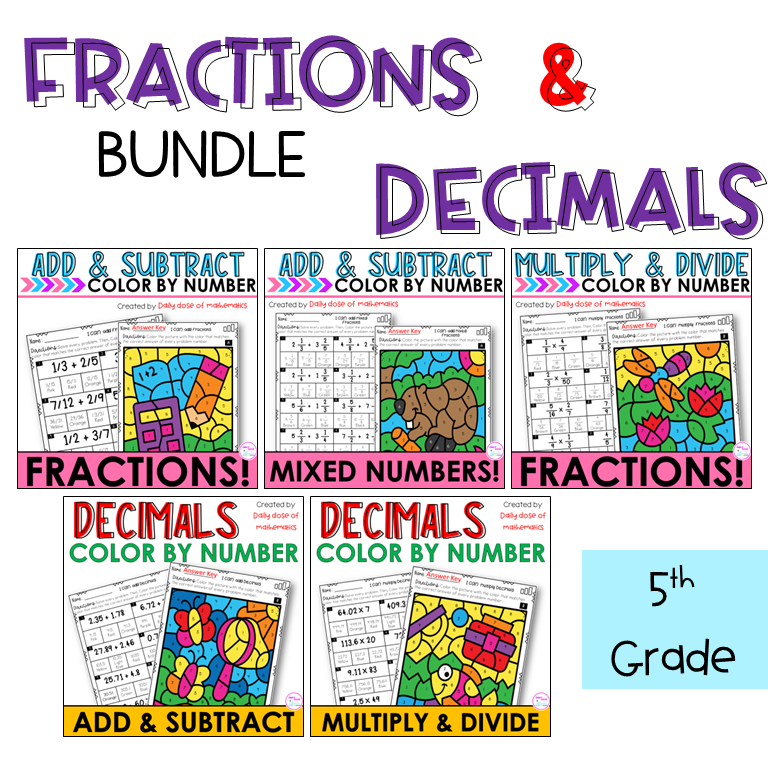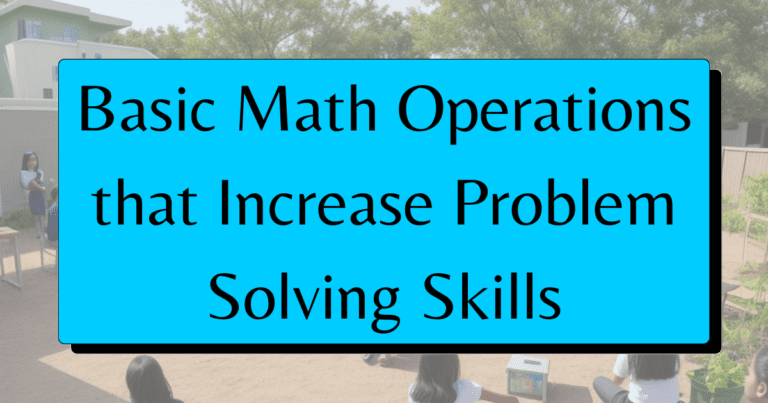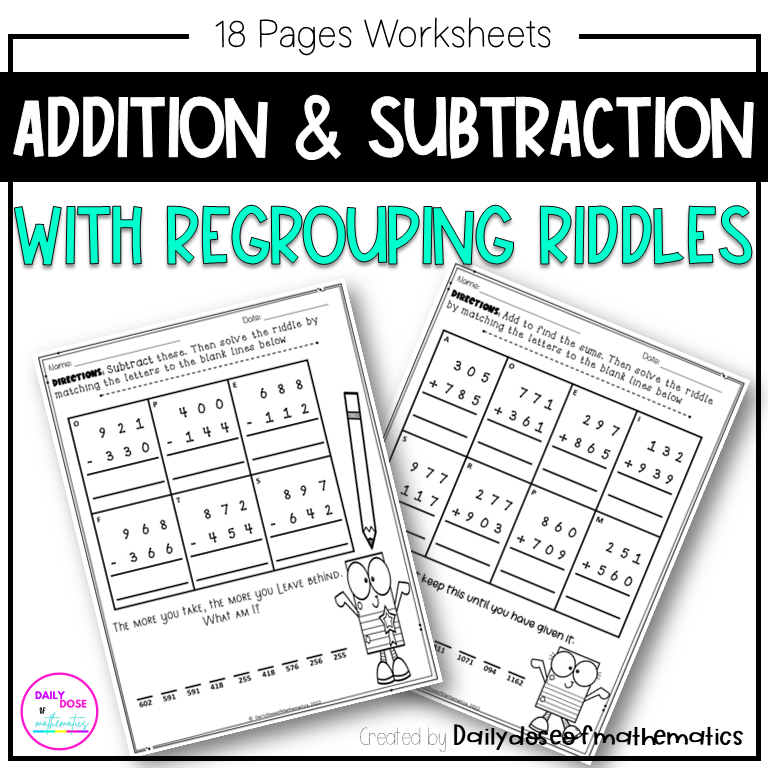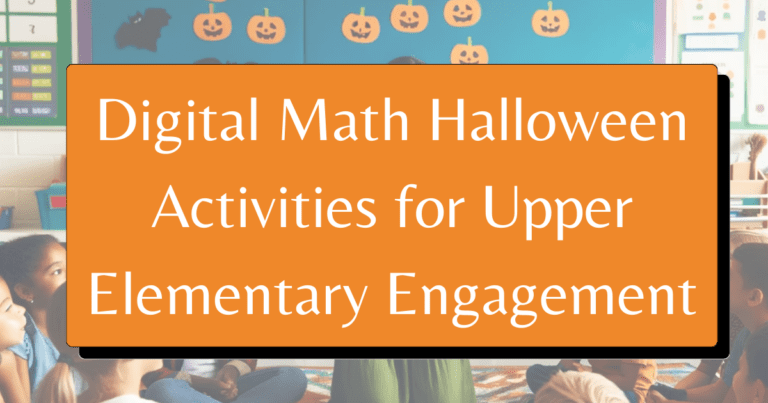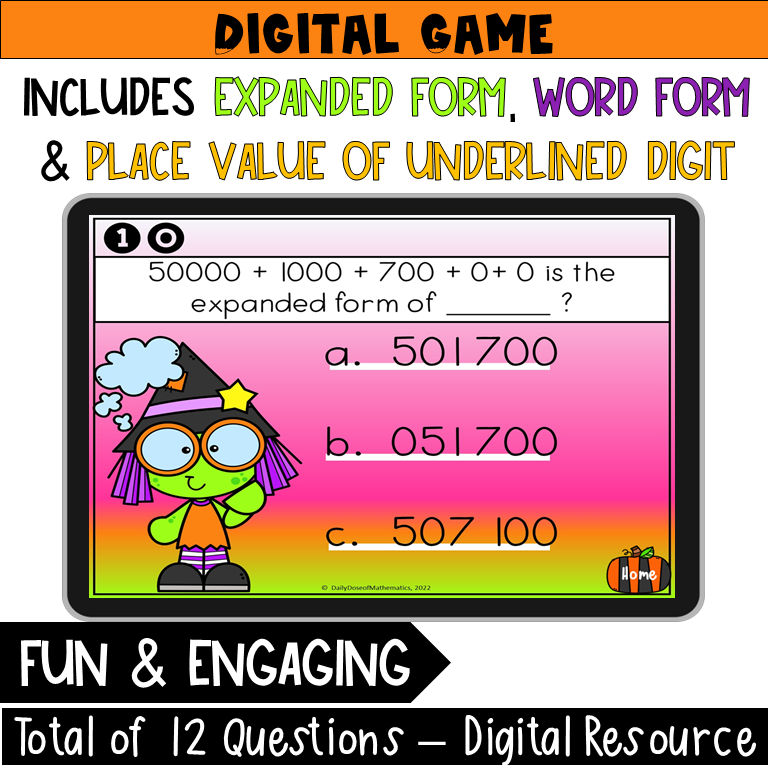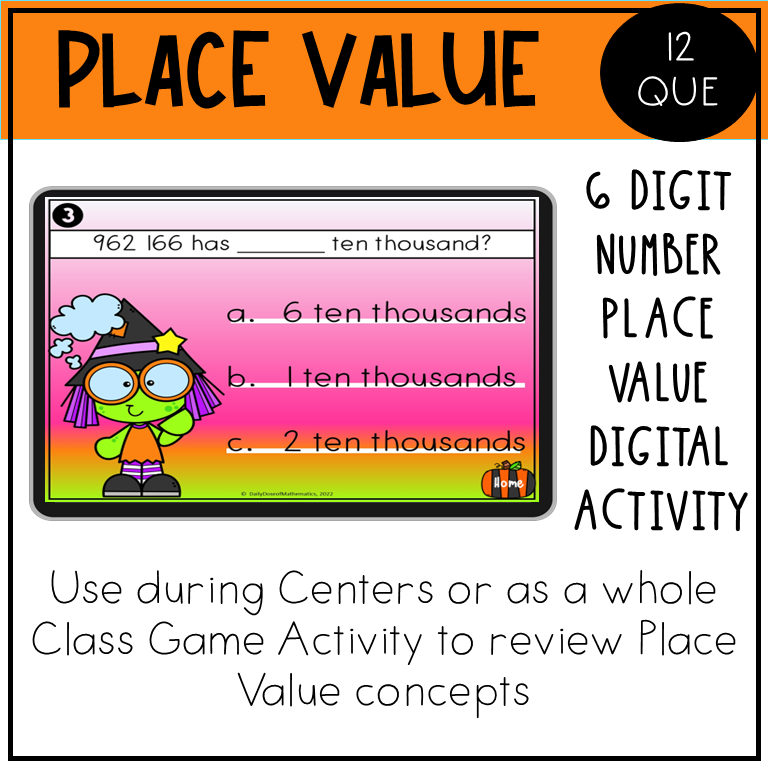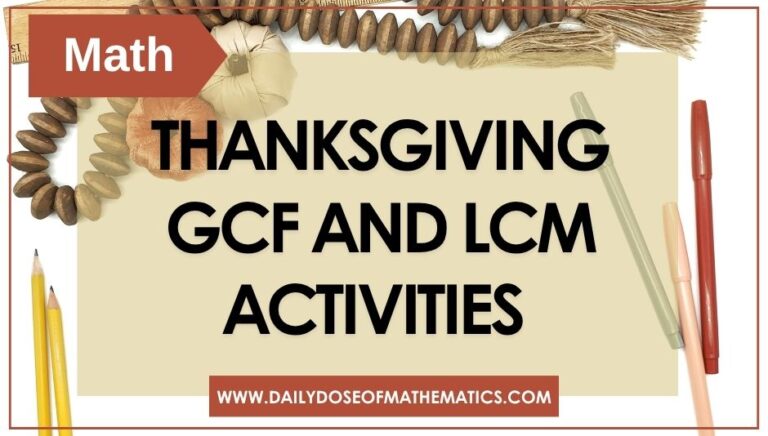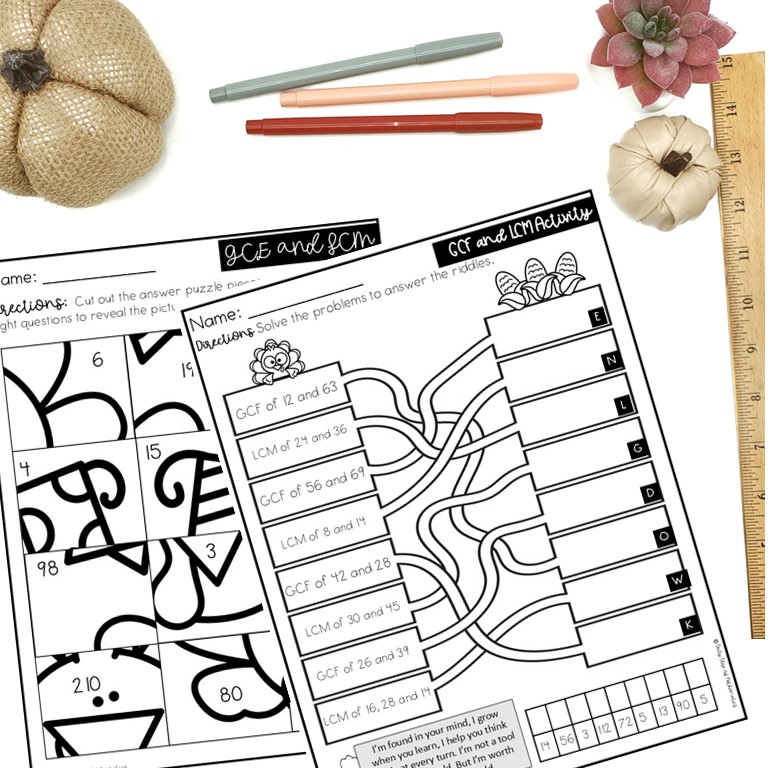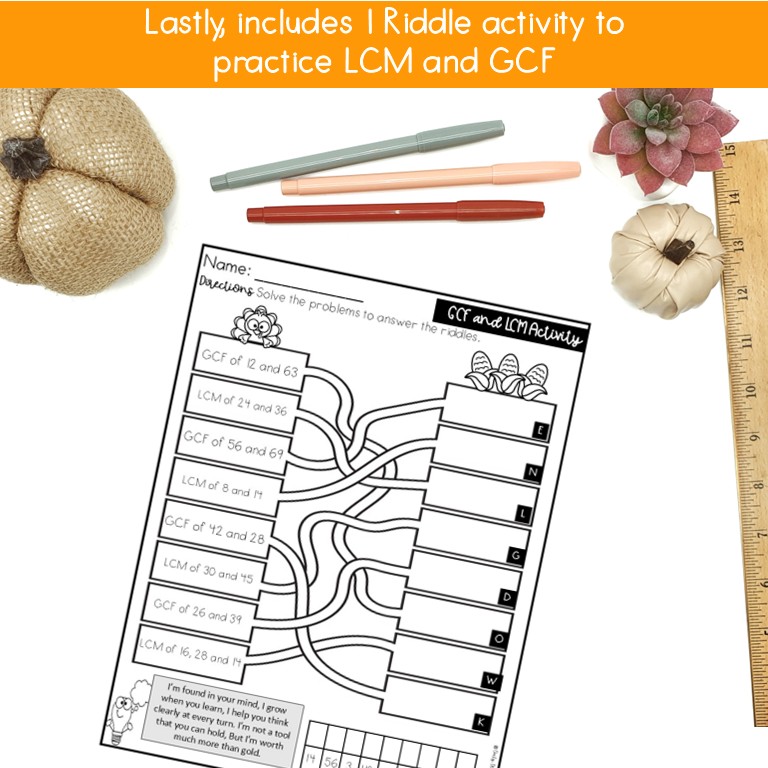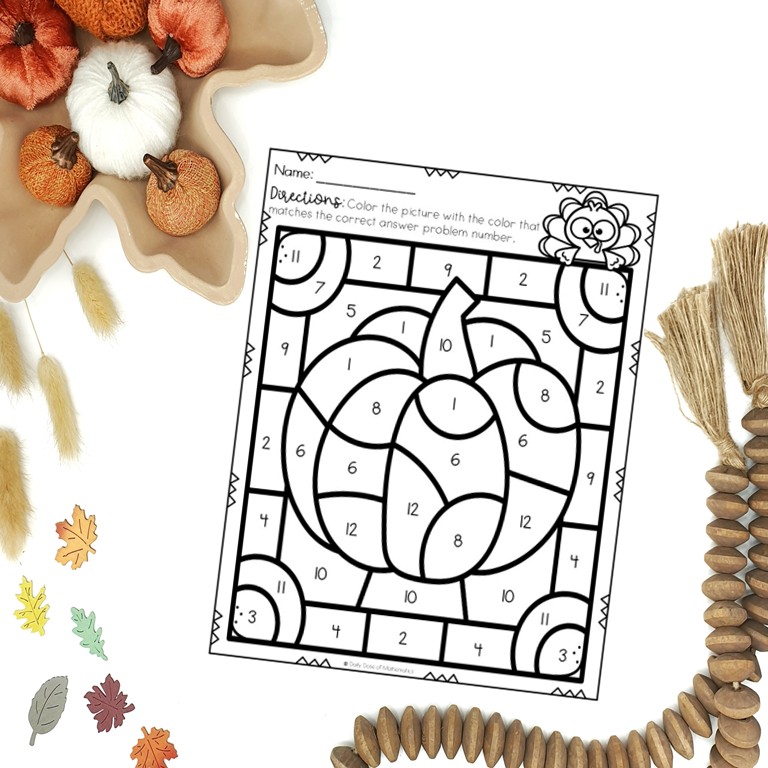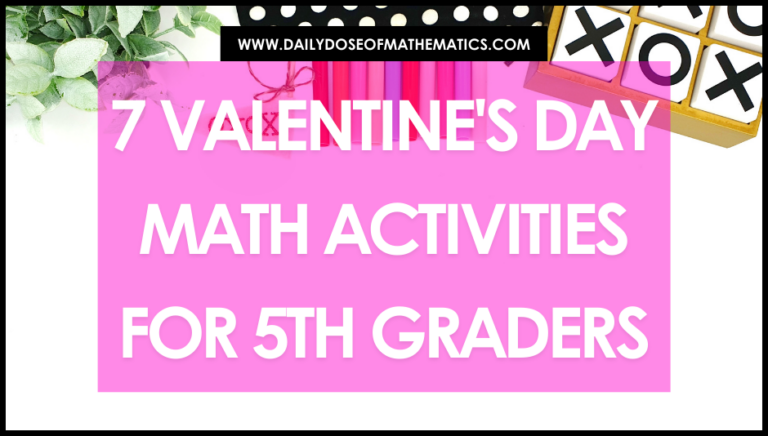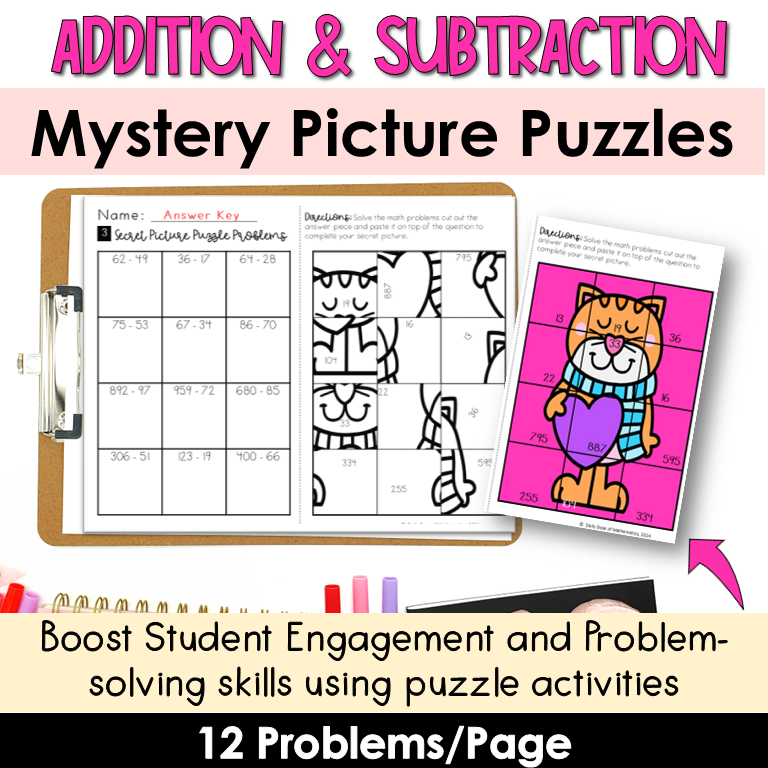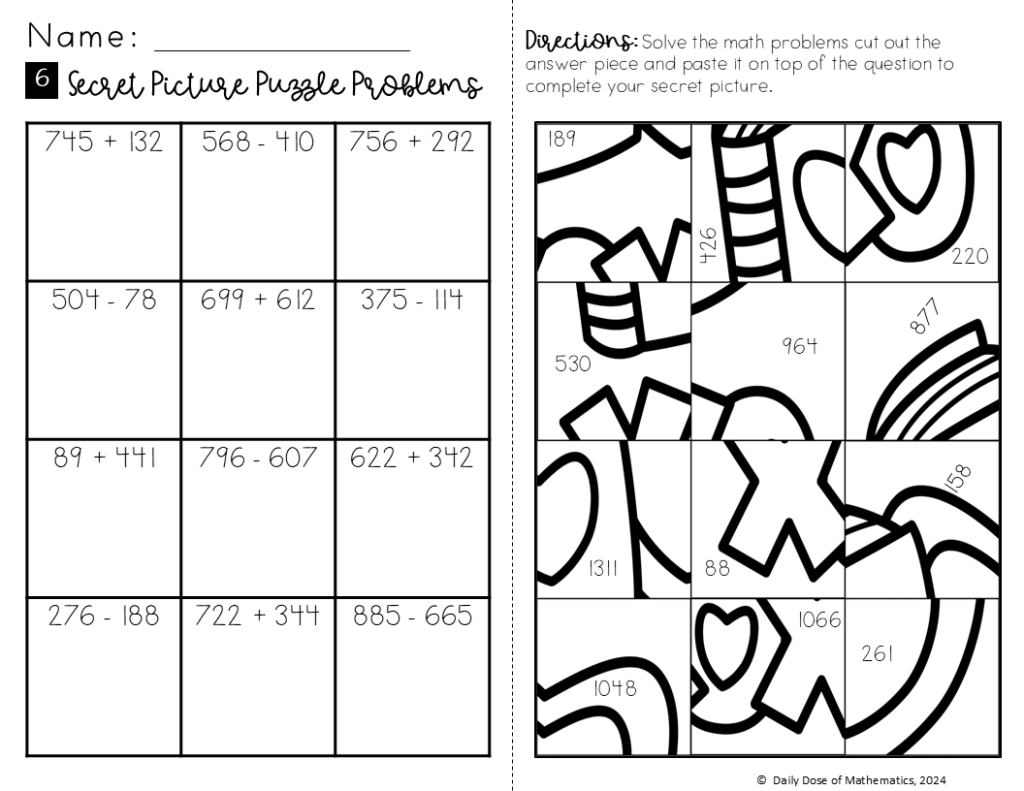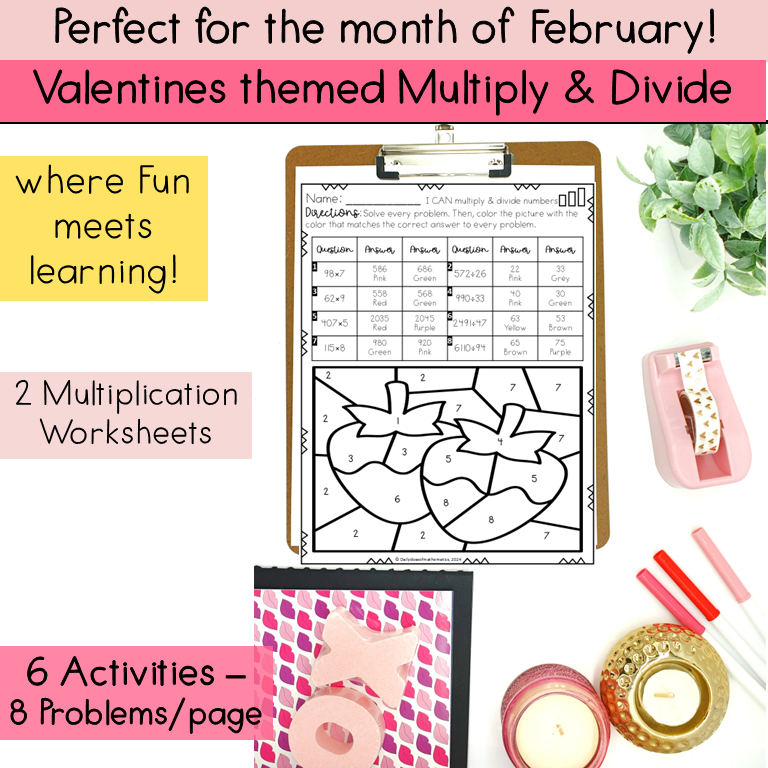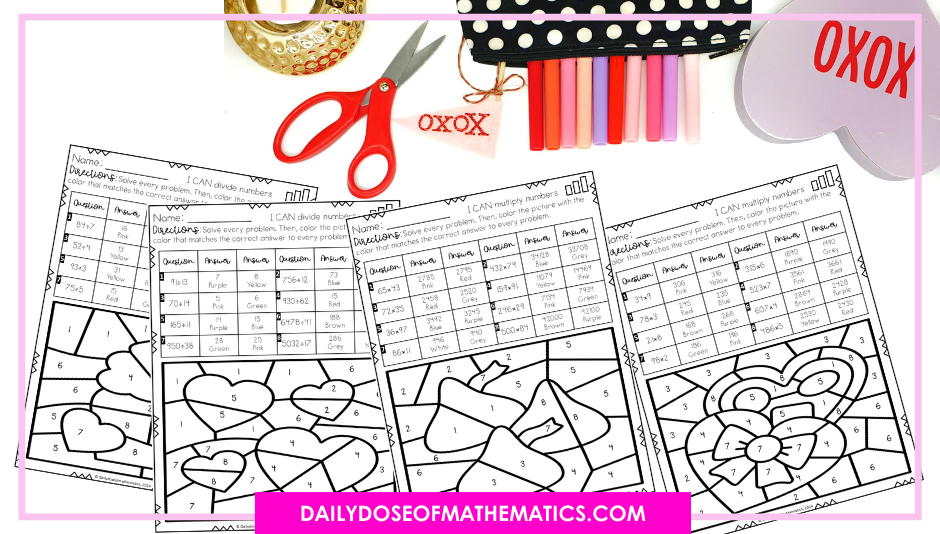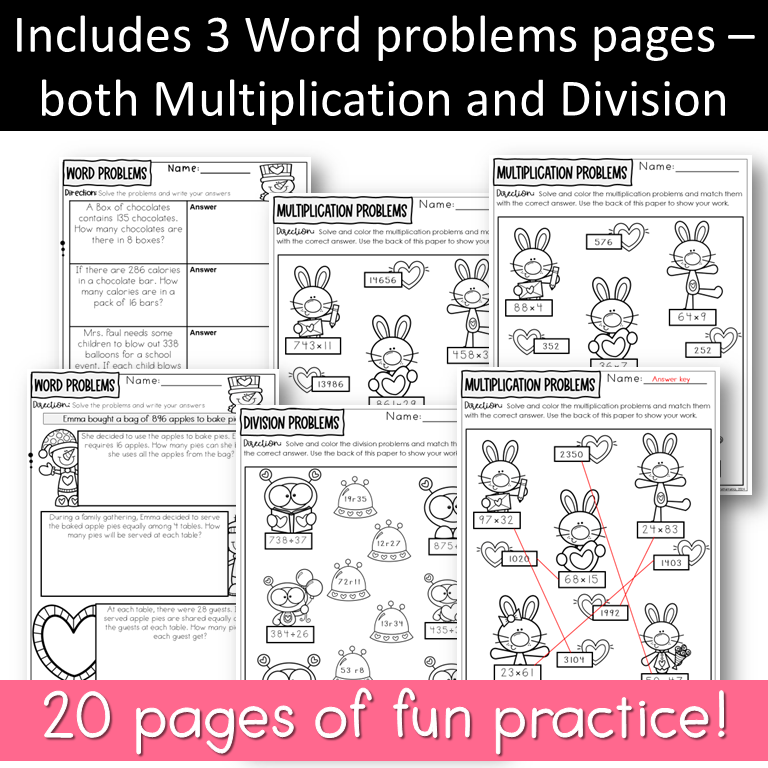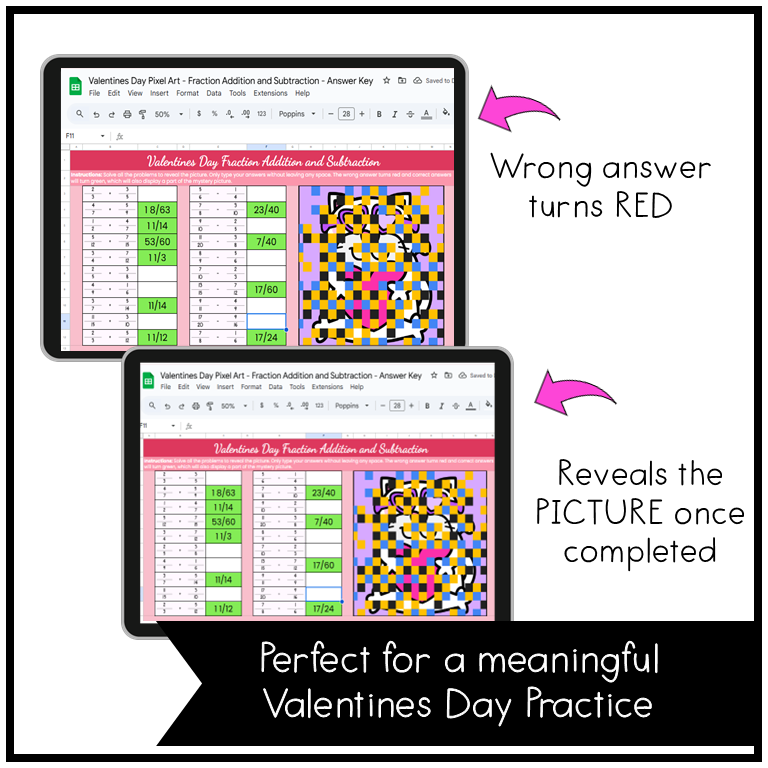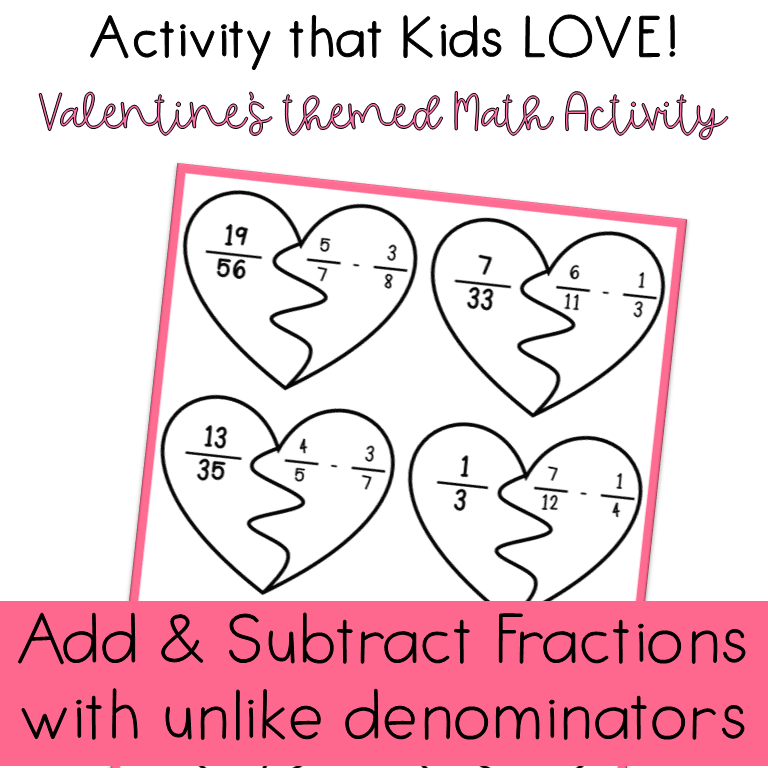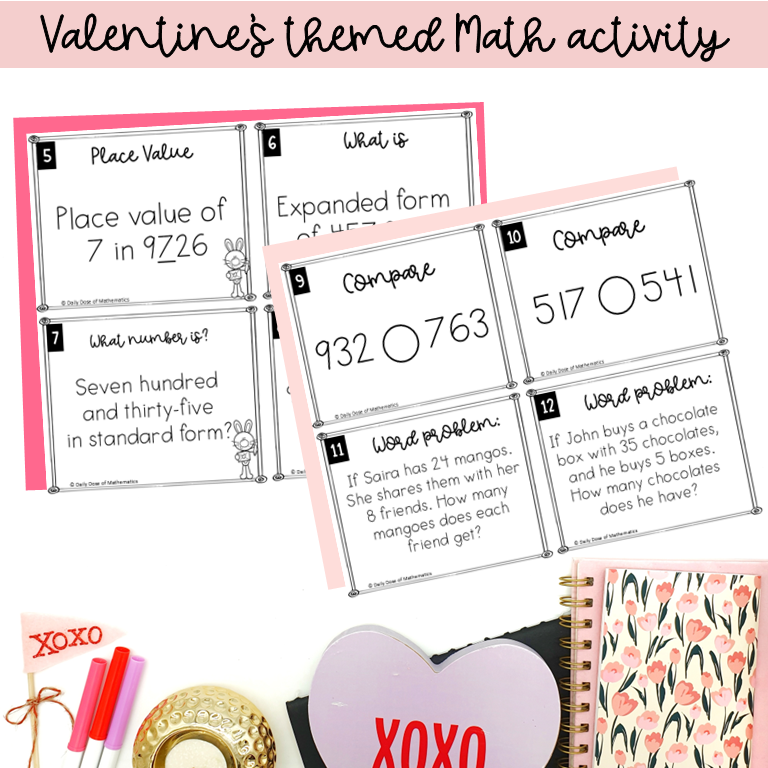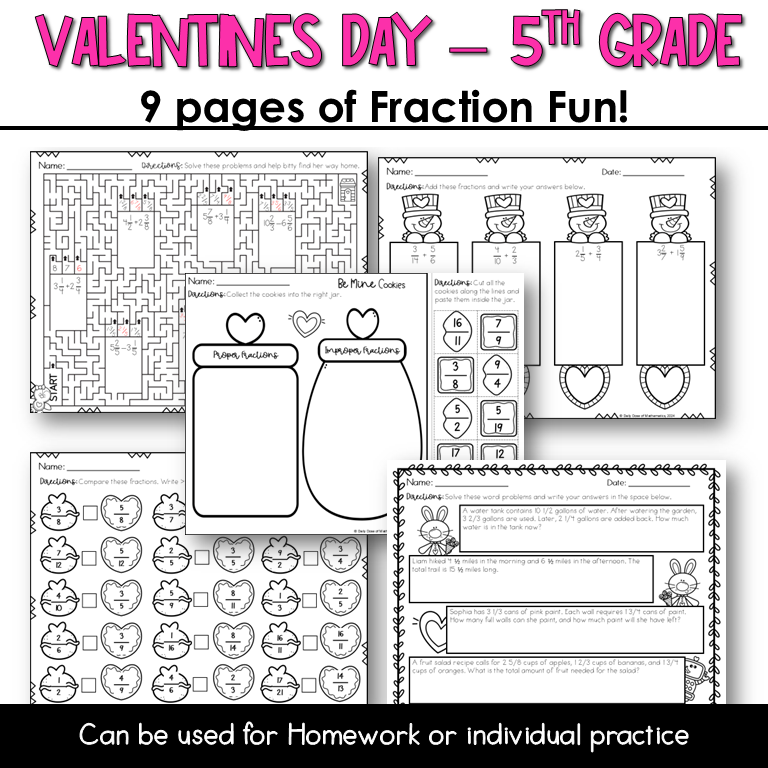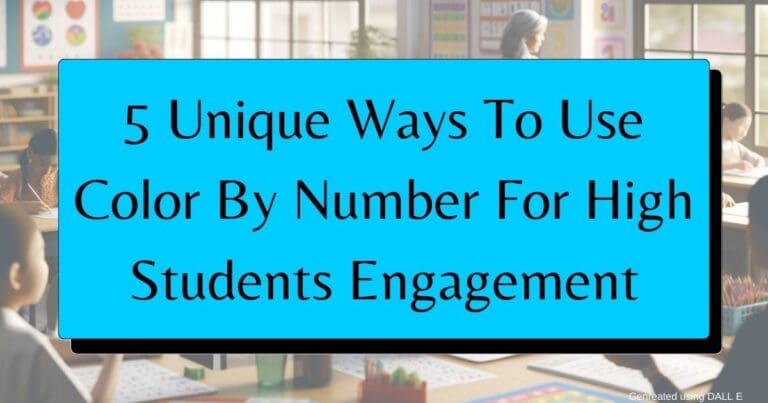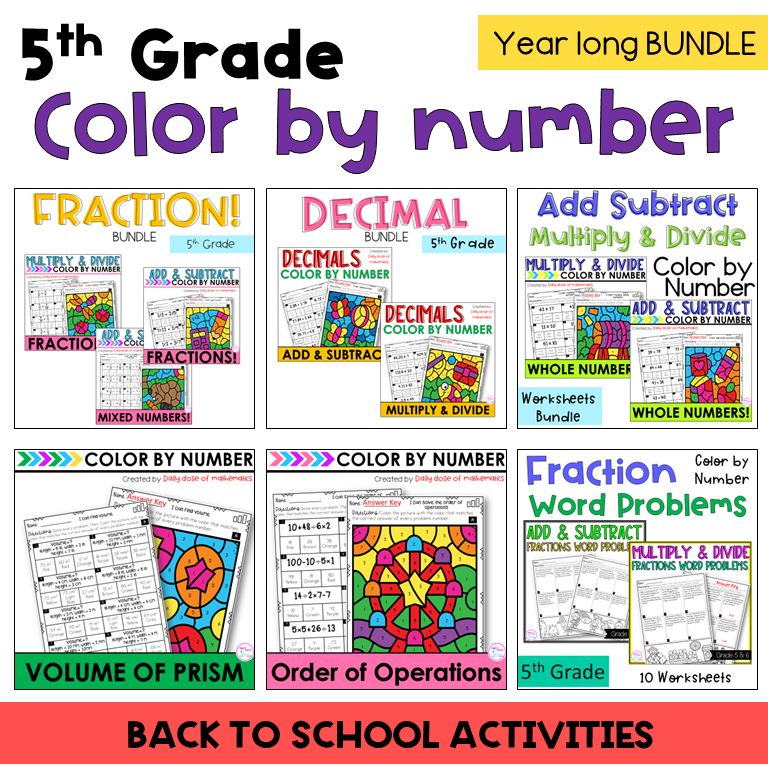Empower Students to Learn Fractions With Word Problems Using Exciting Worksheets and Epic Activities
Teaching adding and subtracting fractions isn’t easy, especially when you’re teaching upper elementary school kids.
You not only have to explain the basics but also make sure your fractions lessons are engaging enough so they pay full attention during the learning period and do not get distracted.
In this blog post, I will discuss with you some new and easy ways I have found helpful in teaching fraction operations to my kids during math class to help them engage with the problems at hand and be happily willing to practice adding and subtracting fractions.
So, let’s dive in…
1. Fun Fractions Maze Activity with Task Cards – Save the Queen
This activity includes a printable self-checking maze that you can use with your kids to have them practice addition, subtraction, multiplication, or division of fractions with unlike denominators.
Each fraction operations maze activity comes with 12 task cards and a self-checking FUN maze, which keeps kids inspired to learn, but you do not have to spend all day grading.
The activity is story-based, in which your kids become detectives, helping the Queen bee, who is lost in the jungle, return home. For that, your kids have to work through the problems to bring her back home.
Once the kids have completed the activity, you can use the printable reward card to reward your kid’s hard work and create a positive motivation for them to practice their math skills happily the next time!
Want to check the adding, subtracting, multiplying, and dividing fractions activity bundle? Click HERE.
2. Solve the Room Fractions Activities
Are your kids bored with their daily boring math routine work and want to have some fun and excitement while learning new concepts?
Try adding Solve the Room activities to help them get moving and learn all at the same time!
Solve the Room is my kid’s favorite activity as it allows them not to be glued to their desks but to move around the room while working on the problems. The best part is that it is very easy to set up.
All you have to do is print the question cards and place them in different spots inside your classroom. Next, give students their recording sheets. Kids move around the room, looking for problems with adding and subtracting fractions.
They solve the problems and record their answers on the recording sheets provided. You can also instruct them to use the back of the recording sheet to show their work, which is always a good idea.
If you want to try these activities for your next class, Click here.
3. Color by Number Fractions Activities
Coloring is LOVE for all my kids – no matter their age.
Primary, lower elementary, or upper elementary, you name it!
The easiest way teachers can use it to their advantage is by making any doodle on a piece of paper along with a bunch of practice problems and giving them to solve and color.
Using color by number activities in elementary math classes can enhance engagement, reinforce concepts like perimeter and area of complex figures and volume of rectangular prism creatively, and facilitate differentiation for diverse learning levels.
These activities make working on math problems more enjoyable for students and provide valuable tools for teachers to effectively deal with the challenges of teaching elementary mathematics.
Looking to add some fun color by number activities to your next lesson? I have created these 5th grade fraction operations color by number activities that you can use to skyrocket your class math learning outcome. Want some fraction word problem worksheets? Click HERE to check them out.


